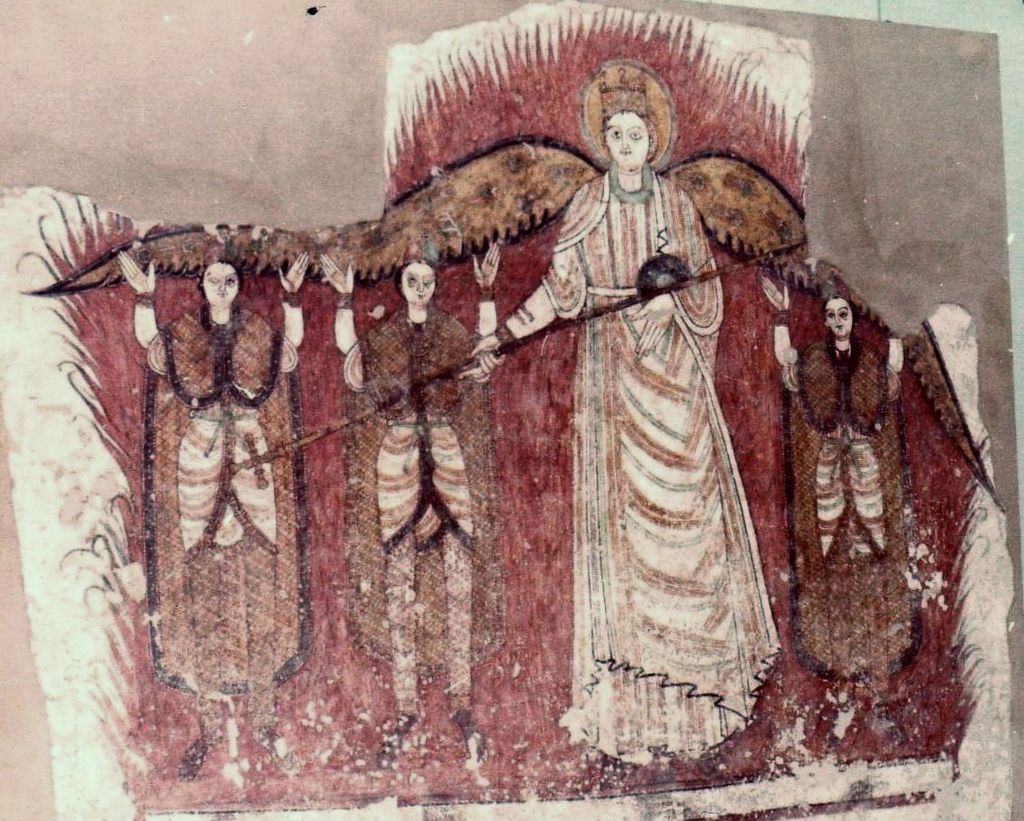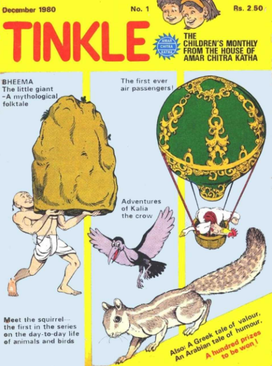War in Sudan Devastates Museums and Cultural Heritage
Established by ICOM (International Council of Museums) in 1977 under the auspices of UNESCO, the International Museum Day (IMG) is celebrated every year on May 18. In conjunction with this anniversary, the Sudanese authorities have drawn public attention to the very difficult situation of Sudan’s cultural heritage. The ongoing civil war in Sudan has had a devastating impact not only on the population, resulting in tens of thousands of deaths and millions of displaced people, but also on its invaluable cultural heritage. Museums and archaeological sites, custodians of millennia of history, have been looted, destroyed and damaged.
The Sudan National Museum in Khartoum, once a symbol of Sudanese identity and civilization and home to important artifacts from ancient Nubian civilizations and Christian murals dating back many centuries, is now in ruins. After government forces regained control of the capital, the full extent of the destruction became clear. Inspectors found shattered glass, bullet casings and traces of looting everywhere. While the exterior of the museum still stands, the interior tells a story of devastation, with broken mummy cases and emptied display cases.
According to Sudanese officials, tens of thousands of artifacts were destroyed or carted away for sale during the time the Rapid Support Forces (RSF) controlled central Khartoum. Ghalia Jar Al-Nabi, director of Sudan’s National Corporation for Antiquities and Museums, said that approximately 70 percent of artifacts from the Sudan National Museum were lost. Among the stolen items were the entire gold collection, including jewelry belonging to the kings and queens of Napata and a gold collar from the pyramid of King Talakhamani.
Sudanese officials describe the RSF as “the militia” responsible for the looting. Sources indicate that the RSF occupied parts of the National Museum, using it as a base while systematically looting the collections. They are accused of taking many “unique and beautiful” collections, destroying and damaging the rest. Although the RSF denies these allegations, Sudanese officials strongly suspect that some of the valuables were taken to the United Arab Emirates (UAE), citing UN reports of RSF exporting gold to the UAE even before the war. Some artifacts smuggled out of the country have reportedly been seen listed for sale on eBay.
Many Sudanese officials and observers argue that the attacks on museums, universities and buildings such as the National Records Office are a conscious and deliberate attempt to destroy the Sudanese state and its historical identity. Amgad Farid of the think-tank Fikra for Studies and Development describes the RSF’s actions as a “deliberate and malicious assault on Sudan’s historical identity,” targeting the priceless heritage of the Nubian, Coptic and Islamic civilizations to “erase Sudan’s legacy” and “plunder millennia of human history for profit.”
The devastation is not limited to the National Museum. Other state museums, such as the Khalifa House Museum and the Ethnographic Museum in Khartoum, three in Darfur and one in Gezira State, were also looted and destroyed. The Military Museum in Khartoum was also targeted for destruction, looting and theft.
Archaeological cities were not spared. The ancient city of Naqa, a world heritage site, became a battlefield after RSF infiltration. Although the ancient city of Suakin was not directly affected, restoration work on its historic buildings was halted due to the war.
The United Nations Educational, Scientific and Cultural Organization (UNESCO) had already warned in September 2024 (or 2023 depending on the source) of a “threat to culture” and urged art dealers not to import or export smuggled artefacts out of Sudan.
The Sudanese government has announced that it will contact Interpol and UNESCO to attempt to recover the looted artifacts and has formed an international team of archaeologists to track down the stolen objects. Despite the perceived difficulty and danger of this task, there are plans to restore the National Museum and other looted institutions, with the hope of recovering all collections and “rebuilding it more beautiful than before.” Reconstruction plans include structural rehabilitation, restoration of artifacts, and improved security.





